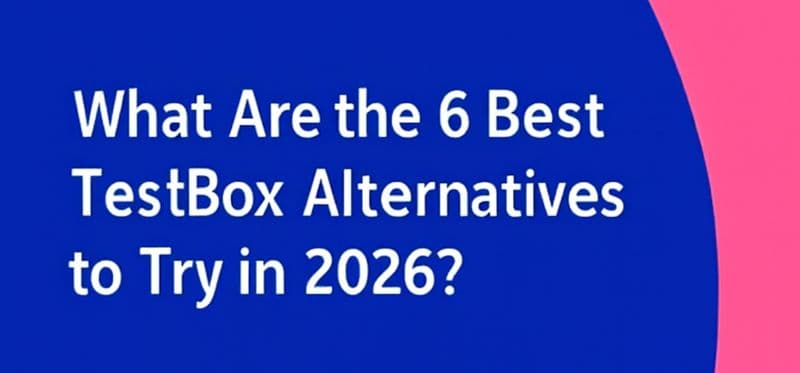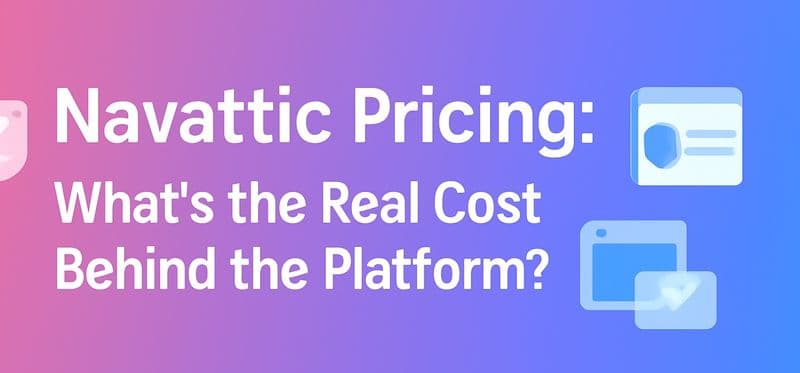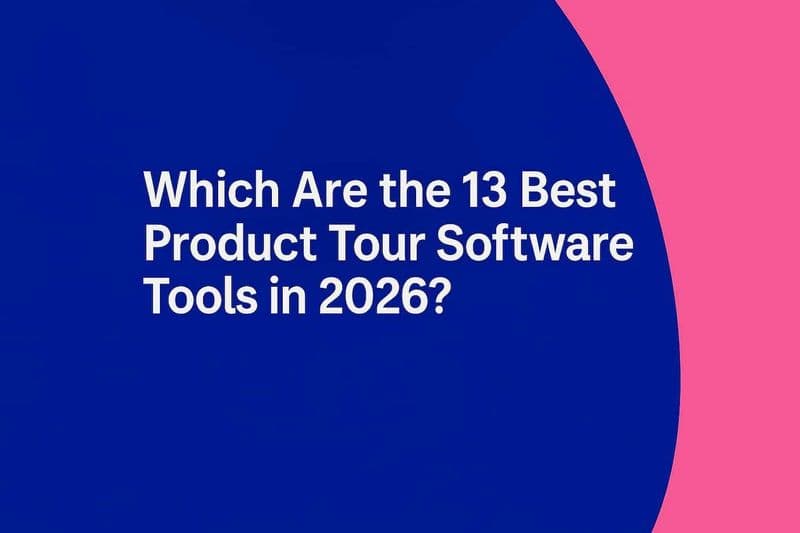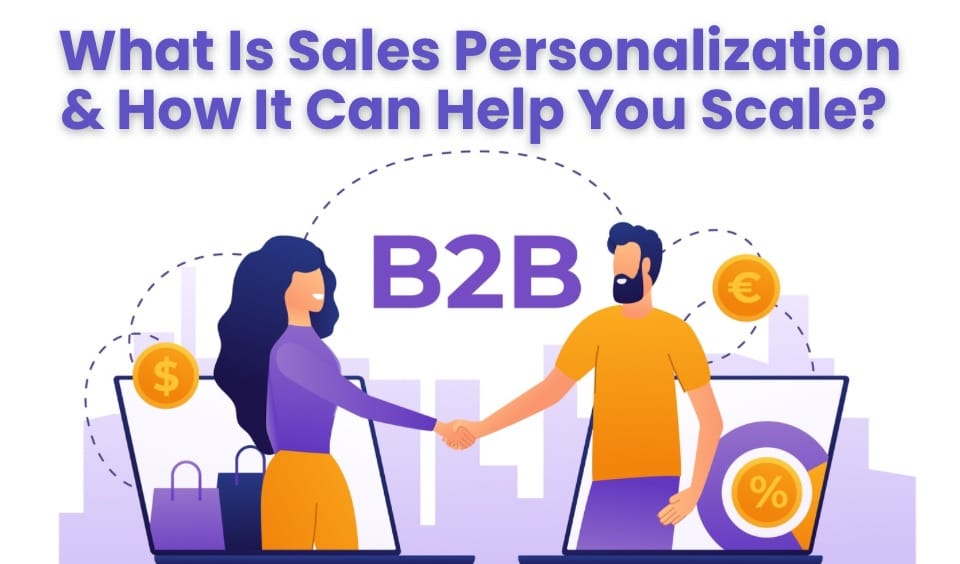
Key Highlights
Sales personalization means tailoring every interaction to a buyer’s unique needs, not just adding their name to an email.
Modern buyers expect relevance at every stage of the customer journey.
Personalization drives stronger engagement, higher conversion rates, and customer loyalty.
Scaling personalization is the biggest challenge for sales teams managing hundreds of prospects.
Effective strategies include email personalization, role-based content, and interactive demos.
Technology like CRMs, AI, and SmartCue helps sales teams personalize at scale.
Avoid mistakes such as over-automation, information overload, and surface-level personalization.
You’ve probably received those “personalized” emails that feel like they were written by a robot; your name is thrown in, but the message is clearly a copy-paste job. Or maybe you’ve had a sales call where the rep spends 10 minutes talking about features that are irrelevant to your needs. Now, imagine this happening in a high-stakes enterprise deal, where a lack of personalization leads to a lost opportunity worth thousands (or even millions).
That’s the reality for many sales teams today. Modern buyers expect relevance in every interaction, and when that’s missing, deals stall. The challenge? Personalizing every touchpoint is easy with a handful of prospects, but scaling that across hundreds (or thousands) is where most teams struggle.
In this blog, we’ll dive into what sales personalization really means in today’s market and how you can scale it effectively without losing the human touch. The goal is simple: make every buyer feel valued and understood, ensuring no deal slips through the cracks.
What Is Sales Personalization?
Sales personalization goes beyond simply addressing a customer by their first name. It’s about leveraging customer data, behaviors, and purchase history to craft a tailored experience that speaks directly to the individual. It’s the difference between a generic pitch and a conversation that feels relevant and timely.
Personalization isn’t just about making customers feel special; it’s a strategy rooted in understanding why a prospect would want your solution. It’s using data to highlight specific product features, anticipate future needs, and even adjust your demo flow based on where they are in the buyer’s journey.
Effective sales personalization adapts not just your message but also the way you present your product, turning every interaction into a conversation instead of a transaction. The goal is to create a buying experience where the customer feels understood and valued, ultimately driving higher engagement and conversions.
Why Sales Personalization Matters (and the Benefits You Can’t Ignore)
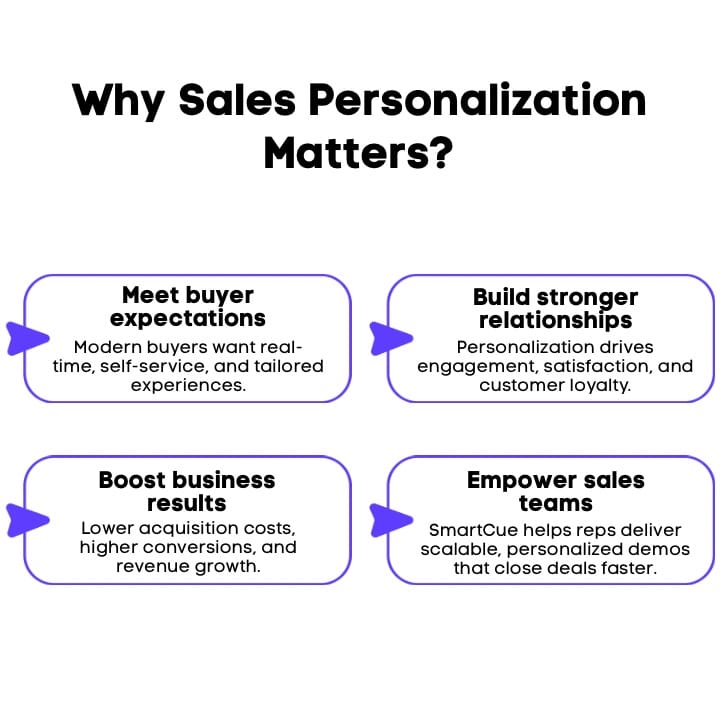
Personalization isn’t a “nice-to-have” anymore. In 2025, buyers expect every interaction to feel tailored to their unique needs. If your sales approach feels generic, you risk losing them to competitors who deliver a more personal connection.
Here’s why sales personalization matters, and the benefits it brings to your team and your customers.
1. Meeting Modern Buyer Expectations
A recent survey shows that 81% of consumers prefer brands that offer personalized experiences, including tailored product recommendations and targeted marketing. Buyers today want real-time, self-service options, not static demos or one-size-fits-all pitches. Tools like SmartCue allow sales teams to deliver personalized interactive demos that meet these expectations.
2. Stronger Engagement and Relationships
Personalization drives higher customer engagement, stronger customer relationships, and better customer satisfaction. It’s an effective way to build emotional connections that turn potential customers into loyal customers who stick around and contribute to customer retention.
3. Bigger Impact on the Bottom Line
Done right, personalization reduces customer acquisition costs, boosts revenue growth, and improves conversion rates. It also extends customer lifetime value by encouraging repeat business, building brand loyalty, and supporting future purchases.
4. Smarter Tools for Sales Teams
Effective personalization doesn’t just help buyers; it empowers sales professionals too. With platforms like SmartCue, sales reps can deliver personalized interactive demos that highlight the right features at the right time. Instead of showing everyone the same demo, you create a hands-on walkthrough tailored to an individual customer’s unique needs. That’s sales enablement in action, helping teams close deals faster while improving net promoter score, average order value, and overall positive experiences.
What Are the Most Effective Sales Personalization Strategies to Win Modern Buyers?
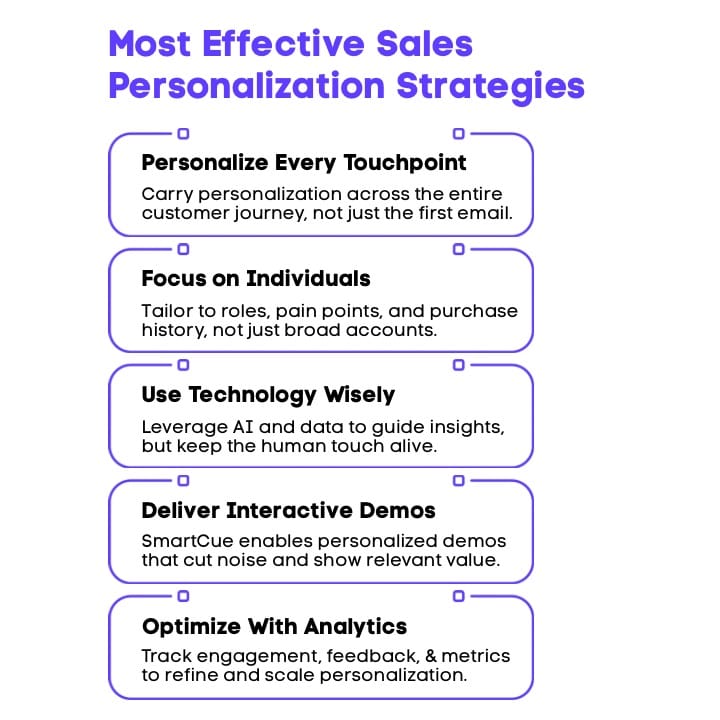
Modern buyers are flooded with pitches. What gets their attention isn’t more noise, it’s relevance. Here are some practical personalization strategies that help sales reps connect with individual preferences and win trust.
1. Personalize Every Touchpoint, Not Just the First
Personalization isn’t just about an email subject line. It needs to carry through the entire customer journey: from the first outreach to the demo, follow-up, and even customer service interactions. Buyers notice consistency, and that’s what builds lasting customer relationships.
2. Focus on People, Not Just Accounts
It’s tempting to build personalization around accounts or industries, but the real shift happens when you address the individual customer. Their role, pain points, and purchase history matter more than broad assumptions. Personalized interactive demos in SmartCue make this easy by letting you tailor your product walkthroughs for a CFO, a marketing manager, or a technical buyer, each seeing what’s most relevant to them.
3. Use Technology as an Enabler, Not a Replacement
AI, machine learning, and predictive analytics are powerful, but they should inform your personalization strategy, not write it for you. Data points like customer behavior, demographic data, or recent survey responses can guide your sales team, while the human elements like empathy, emotional connections, and real conversations, seals the deal.
4. Deliver Value Through Interactive Demos
SmartCue helps you cut through information overload by letting prospects explore personalized interactive demos that highlight the right features at the right time. This kind of interactive content gives potential customers a self-service option that feels like it was designed for their unique needs. It’s one of the most effective ways to improve conversion rates, customer satisfaction, and overall positive experiences.
5. Keep Optimizing With Feedback and Analytics
Personalization isn’t a “set it and forget it” task. Use data collection, customer interactions, and SmartCue’s demo analytics to see what resonates. Look at engagement metrics, average order value, net promoter score, and repeat business to refine your personalization efforts. Constant optimization is what turns good personalization into successful personalization.
Want to see how personalization ties directly to faster deals? Check out our blog on How SmartCue Helps SaaS Companies Shorten the Sales Cycle.
Which Technologies Can Help Scale Sales Personalization for Larger Teams?
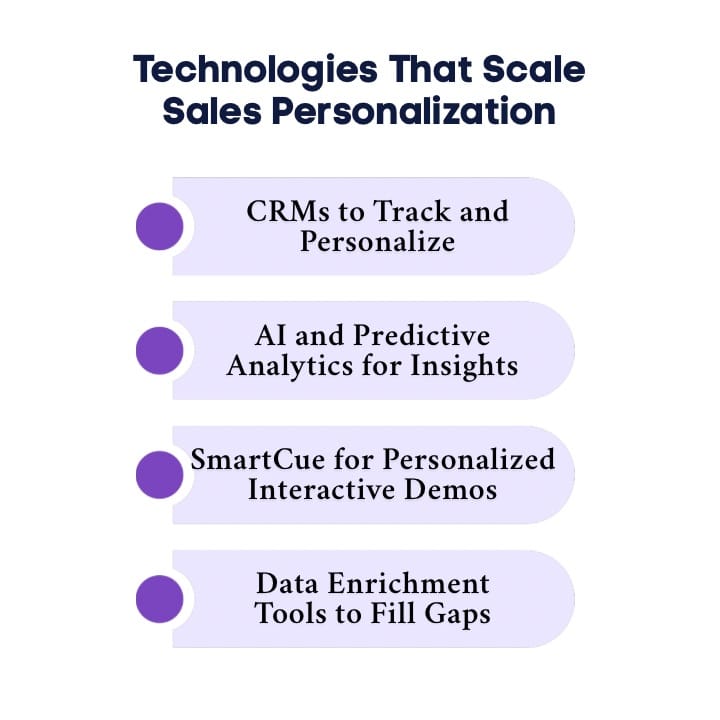
Here’s the truth: even the best sales reps can’t keep up with hundreds of prospects if they’re trying to personalize everything manually. That’s where technology comes in. The right tools don’t replace the human touch, instead they make it possible to scale personalization without losing authenticity.
1. CRM and Data Enrichment for Small Teams
For a 3-person sales team, CRM tools that sales people actually use like Salesforce or HubSpot is your foundation. It keeps all your customer data organized, from purchase history to customer interactions. As you grow, data enrichment tools add missing details such as demographics or social media activity, ensuring outreach is based on context, not guesswork.
2. AI and Predictive Analytics for Scaling Teams
Once you start scaling, you need more than a CRM. AI and predictive analytics surface key insights like future purchase likelihood and high-converting leads. This allows sales reps to prioritize effectively and personalize conversations at scale.
3. SmartCue for Interactive Demos
When scaling further, SmartCue becomes a game-changer. Instead of sending static decks or generic videos, you can create personalized interactive demos in minutes. Each demo adapts to different buyer personas, while built-in analytics reveal what resonates so your team can keep optimizing.
4. Data Enrichment for Deeper Personalization
For larger sales organizations, enrichment tools provide an added layer of insight by pulling in firmographic data, social activity, and other signals. This helps craft personalization that goes beyond surface-level details.
What Mistakes Should I Avoid When Implementing Sales Personalization Strategies?
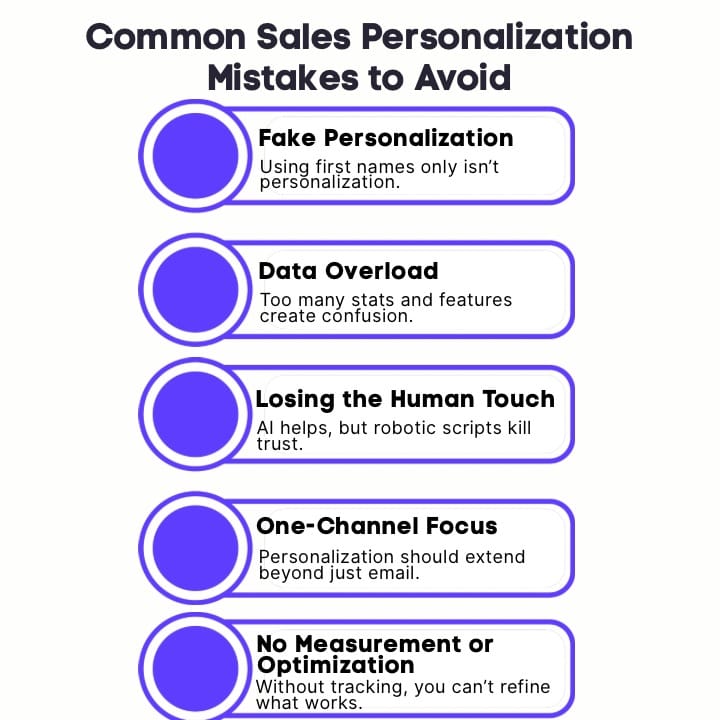
Personalization sounds amazing on paper, but here’s the catch: done wrong, it can backfire. Nobody wants to feel like a data point or sit through a “personalized” pitch that’s anything but. Let’s look at the common traps to avoid.
Mistake 1: Treating Everyone the Same (But Calling It Personalization)
Slapping a first name into an email subject line isn’t personalization. Buyers can smell a mail-merge from a mile away. Real personalization uses customer data, purchase history, and individual preferences.
How to Fix It: Use detailed customer data to create tailored experiences. Leverage tools like SmartCue to build personalized demos reflecting the prospect’s unique needs.
Mistake 2: Drowning Prospects in Too Much Data
Yes, data collection is important, but dumping every stat, feature, and chart on a buyer creates information overload.
How to Fix It: Highlight only the relevant data that matters to the prospect. Tools like SmartCue allows you to showcase the most impactful features in personalized demos.
Mistake 3: Over-Automating the Human Touch
AI and machine learning are fantastic for surfacing insights, but don’t let artificial intelligence write robotic scripts that kill emotional connections. Personalization should feel human, not mechanical.
How to Fix It: Use AI to enhance personalization, not replace empathy. Let your team use data to have authentic, human conversations with prospects.
Mistake 4: Sticking to One Channel
If your personalization efforts start and end with email marketing, you’re missing out. Modern buyers move across social media, demos, customer service chats, and more. Effective personalization should follow the customer journey.
How to Fix It: Personalize across multiple touchpoints like email, social, demos, and support. SmartCue can help personalize demos across these channels to meet prospects where they are.
Mistake 5: Not Measuring and Optimizing
Personalization isn’t a “set it and forget it” play. Without tracking metrics like NPS, conversion rates, or customer satisfaction, you won’t know if your efforts are truly making an impact.
How to Fix It: Track key metrics like engagement and conversion rates. Use analytics from tools like SmartCue to fine-tune your strategy based on real-time insights.
Struggling to Scale Sales Personalization? SmartCue Makes It Easy For You
Personalizing your sales approach for a handful of prospects is easy. But when you’re juggling hundreds, the process breaks down fast. Sales reps end up drowning in prep work, recycling the same generic demo, or wasting hours trying to tailor every pitch manually.
Instead of forcing your reps to rebuild demos from scratch every time, SmartCue makes it effortless to scale personalization. You can build a demo library once and then quickly adapt it for different accounts, roles, or industries. Each prospect still gets a unique, tailored experience — but your team saves hours of prep and avoids the demo burnout.
And the best part? SmartCue is built to deliver more than just personalized demos:
Reduce demo prep and creation time dramatically; average setup takes just 6 minutes.
Close more deals thanks to better-qualified, personalized leads.
Improve product launches with demos that simplify complex features and boost adoption.
Maximize ROI by showing value faster and speeding up deal cycles.
Be demo-ready at every stage of the funnel, from outbound campaigns to live pitches.
Track demo engagement analytics to see what prospects click, where they drop off, and what drives interest.
SmartCue isn’t just another sales tool. It’s how modern sales teams scale personalization, build stronger connections, and move deals forward faster, all without losing the human touch.
Ready to deliver demos your buyers actually love? Start your 14-day free trial today and see how SmartCue can help you scale personalization without the stress.
Where Do You Go From Here?
If there’s one takeaway, it’s this: personalization works best when it’s consistent. Start by reviewing your current sales process and asking, “Where does it feel generic, and where could it feel more human?”
From there, pick one area to improve; maybe it’s making your email outreach more relevant, maybe it’s tailoring your demos, or maybe it’s refining how you use customer data. Don’t try to overhaul everything at once. Instead, build small, repeatable wins that your sales team can scale.
And remember, personalization isn’t a one-time project. It’s an ongoing practice of listening, adjusting, and optimizing. The more you refine it, the more your buyers will notice, and the stronger your customer relationships will become.
Frequently Asked Questions
What tools do you use help with email personalization?
Email personalization tools often include CRMs like Salesforce, HubSpot, and Zoho, as well as platforms like Mailchimp and ActiveCampaign. These help segment audiences, customize subject lines, and deliver content tailored to customer behavior, improving open rates and engagement.
How much does personalization drive sales?
Personalization can significantly increase sales by improving conversion rates, reducing acquisition costs, and strengthening customer loyalty. Research shows that personalized experiences often drive revenue growth by helping sales professionals connect more authentically, turning potential customers into loyal buyers who stay engaged over time.
What is the future of personalization in customer experience?
The future of personalization lies in predictive analytics, machine learning, and real-time adaptation. Customers will expect brands to deliver experiences that anticipate individual preferences and align with their customer journey, creating seamless, data-driven personalization across every interaction.
What are the 4ps of sales personalization?
The 4Ps of sales personalization are people, process, product, and performance. Together, they guide how sales teams build personalized experiences, align strategies with customer expectations, tailor solutions to unique needs, and measure results to optimize for stronger engagement and retention.
What are the 4 D's of personalization?
The 4Ds of personalization are data, decisioning, design, and distribution. These represent the key steps in effective personalization: collecting data points, making decisions based on insights, designing experiences for individual customers, and distributing them through the right channels at the right time.
How is personalization defined in the context of modern sales?
In modern sales, personalization means creating tailored experiences using customer data, behavioral insights, and real-time engagement. It goes beyond surface-level tactics to deliver meaningful customer interactions that align with individual needs, building trust and improving overall customer satisfaction.
How does sales personalization impact customer retention and repeat business?
Sales personalization boosts retention and repeat business by building stronger customer relationships, creating positive experiences, and increasing customer satisfaction. When buyers feel understood and valued, they’re more likely to engage in future purchases and remain loyal customers over time.
